Teen-friendly recap of the State of the Union Address
MADE IN THE U.S.A. President Donald Trump delivers the 2019 State of the Union address with Vice President Mike Pence and House Speaker Nancy Pelosi behind him. Throughout his speech, Trump often emphasized aspects of the current State of the Union that he claims are the best they have ever been. “There’s been nothing like this,” Trump said while discussing the economic boom that has coincided with the first two years of his presidency.
“The state of our union is strong,” said President Donald Trump on the evening of Feb. 5, pausing for emphasis before the last two words.
Chants of “U.S.A!” rang out from the Republican side of the House Chamber.
“That sounds so good,” Trump said in response, wearing a proud smile as his hands rested on the lectern before him.
Trump’s 2019 State of the Union Address was rife with memorable moments and interactions like this one.
By the end of the President’s 81-minute speech, the “U.S.A!” chant had filled the Republican section four times (the entire room once, after Trump pointed out the increased numbers of female congresspeople in D.C.), the “Happy Birthday” song had been sung once, and the machine counting Republican standing ovations overloaded.
Before the address, staffers placed packages of tissues on the seats of President Trump’s children. Freshman Representative Alexandria Ocasio-Cortez announced plans to bring Ana Maria Archila, the activist whose emotional confrontation of Senator Jeff Flake during Justice Brett Kavanaugh’s confirmation hearings went viral, as her guest.
Speech Opening and Trends
From the moment Trump took his place at the lectern, the divide between Republicans and Democrats was visible.
The Speaker of the House, or the leader of the majority party in the House of Representatives (currently the Democrats), traditionally announces the president before the speech begins.
This year, Trump walked past Speaker Nancy Pelosi, who requested that Trump postpone his address, initially scheduled to occur during the shutdown, until the government reopened, without waiting for her introduction.
Wide camera shots of the entire House Chamber highlighted the clump of dozens of Democratic women who, along with Pelosi, made a statement by wearing white, the color historically associated with the suffragist movement.
Trump’s speech began with several lines on the importance of putting the country before partisan politics, calling for all legislators in the room to focus on the needs of the American people rather than the agendas of their own parties.
Unity was a pervasive theme in the speech, but Trump did not discuss any compromises he is looking to make or plans he has to ease polarization between parties. The President did not, however, mention any plans to declare a State of Emergency regarding illegal immigration at the southern border as many Democrats feared he would.
The address began and ended with nods to America’s history, including this year’s milestone anniversaries of D-Day and the Apollo 11 mission. Several veterans, along with Apollo 11 astronaut Buzz Aldrin, were in attendance.
The President then went on to call for an increase in the standard of living in the U.S., emphasizing the feasibility of attaining greater safety and deeper culture and faith, and expanding the middle class.
Trump then continued with the theme of unity and compromise for the greater good, asking legislators to “break decades of political stalemate” and “choose greatness” over “gridlock.”
The Economy
Following these patriotic lines, Trump spent some time discussing the “economic miracle” he claims has occurred since his inauguration, implying that his administration was responsible for these advances. He then listed off a string of sometimes-inflated economy-related statistics that received mixed responses from fact-checkers.
The Mueller Investigation
Trump also called for an end to “ridiculous partisan investigations,” a direct attack on Special Counsel Robert Mueller’s investigation into Russian interference in the 2016 presidential election.
This phrase stoked a visible reaction from Pelosi, sitting behind Trump’s left shoulder as is customary for the House Speaker. Pelosi later called this remark a “threat.”
“If there is going to be peace and legislation, there cannot be war and investigation. It just doesn’t work that way,” Trump said.
After touching on criminal justice reform, including the recently passed First Step Act and Alice Marie Johnson, a formerly incarcerated woman whom Trump granted clemency last year, Trump moved on to border security and immigration.
Border Security, Immigration, and Women
Trump took his usual stances on illegal immigration, referring to the “coyotes, cartels, drug dealers and human traffickers” which he often implies comprise the population of undocumented immigrants crossing the southern border.
He also made claims regarding caravans, border cities that have been impacted by the erection of walls, traffickers, gang violence, and Americans being killed by undocumented immigrants. Those interested can find more fact-checking on those claims and more here and here.
The President also discussed the divide between the working class and the “political class” when it comes to illegal immigration.
Wealthy politicians and donors, Trump said, are fighting for open borders, at the same time living with the protection of walls and guards while working class Americans pay the price for the surge of undocumented immigrants crossing the Southern border.
“I want people to come into our country in the largest numbers ever, but they have to come in legally,” Trump said. “Tolerance for illegal immigration is not compassionate—it is cruel.”
Next up on the docket was Trump’s beloved wall, which he referred to as a “see-through steel barrier,” noting that it would not be a wall of solid concrete. The wall, Trump said, will be erected in areas where border agents report the need is greatest.
After making claims about border walls’ impacts on the cities of San Diego, CA and El Paso, TX (claims the Associated Press and other sources have since deemed misleading), Trump moved on to discussing women in the workforce (stoking the aforementioned “U.S.A!” chants and standing ovations from Democratic congresswomen) and economic empowerment for women in developing countries.
Other Topics
Throughout the rest of his speech, Trump touched on trade policies, the cost of healthcare, HIV and AIDS, childhood cancer (featuring a young St.-Jude-donor-turned-cancer-survivor named Grace Eline), school choice, paid family leave, rebuilding the military, Venezuela, socialism, Jerusalem, and the U.S.’s history in the Middle East.
Trump also discussed recent announcements regarding the U.S.’s withdrawal from the Intermediate-Range Nuclear Forces (INF) and withdrawal from the Iran Nuclear Deal. He also announced another summit with North Korean Chairman Kim Jong-Un on Feb. 27-28 in Vietnam.
“If I had not been elected President of the United States, we would right now, in my opinion, be in a major war with North Korea with potentially millions of people killed,” Trump said.
Speech Closing and Final Comments
One of Trump’s last points was the need to stop anti-semitism, where he featured 81-year-old Judah Samet, who survived the Holocaust and the Pittsburgh Tree of Life shooting. Then, members of Congress (Democrats included) sang “Happy Birthday” to Samet.
“They wouldn’t do that for me, Judah,” Trump said after the song had finished.
Trump used Samet along with another Holocaust survivor and the soldier that helped save him to circle back to World War II, using this historical example to urge legislators to move forward and fight for freedom.
Overall, the majority of the speech was focused on celebrating all that has happened since Trump took office.
2018 Georgia Gubernatorial candidate Stacey Abrams delivered the Democratic response to Trump’s address, a speech which was fact-checked here and here alongside Trump’s address and transcribed here. Abrams became the first black woman to give a Democratic response to the State of the Union address.
Sources:
- https://www.nytimes.com/2019/02/05/us/politics/fact-check-state-of-the-union.html
- https://www.cbsnews.com/live-news/2019-state-of-the-union-live-stream-donald-trump-democratic-rebuttal-live-updates/
- https://www.cnn.com/2019/02/05/politics/donald-trump-state-of-the-union-2019-transcript/index.html
- https://www.youtube.com/watch?v=bshgOZ8QQxU
- https://www.npr.org/2019/02/05/690345256/fact-check-trumps-state-of-the-union-address
- https://www.wcpo.com/ap-fact-check-trump-abrams-lean-on-misleading-claims-on-sotu-night
- https://www.washingtontimes.com/news/2019/feb/6/nancy-pelosi-trump-partisan-investigations-threat/
- https://www.npr.org/2019/02/01/690649756/trump-administration-announces-u-s-will-pull-out-of-inf-treaty
- https://www.apnews.com/cead755353a1455bbef08ef289448994 https://www.pbs.org/newshour/politics/read-stacey-abrams-full-response-to-the-state-of-the-union
- https://www.npr.org/2019/02/05/690346427/fact-check-democratic-response-to-trumps-state-of-the-union-address
Your donation will support the student journalists of Sycamore High School. Your contribution will allow us to purchase equipment and cover our annual website hosting costs.


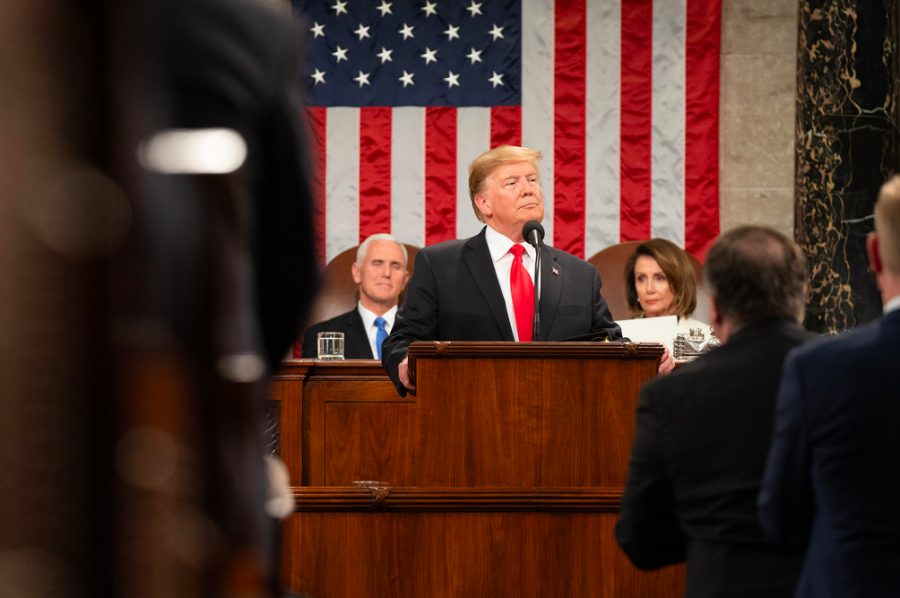
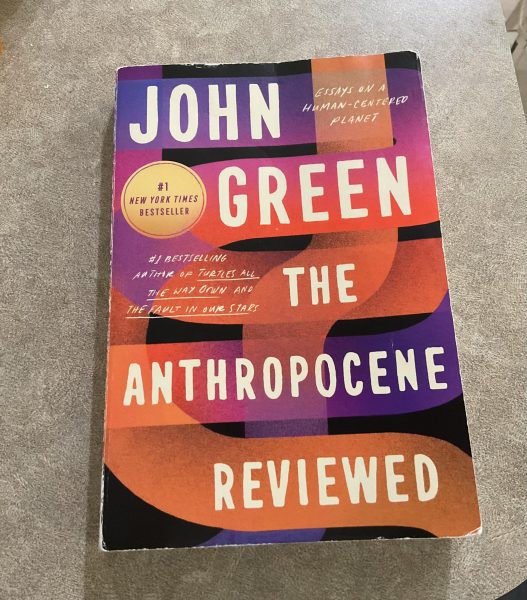
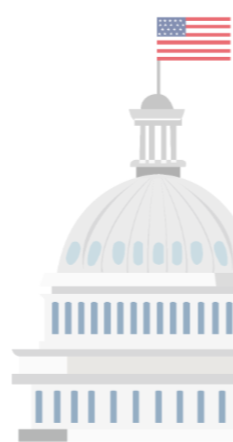
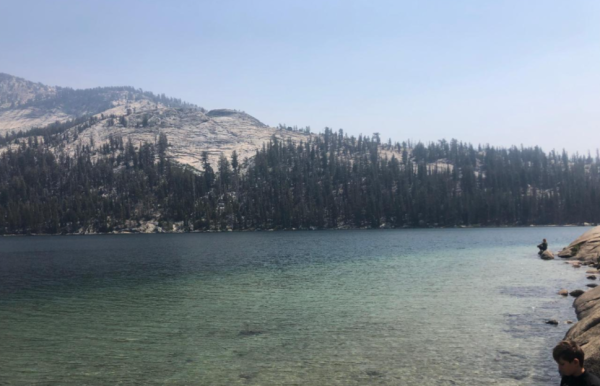
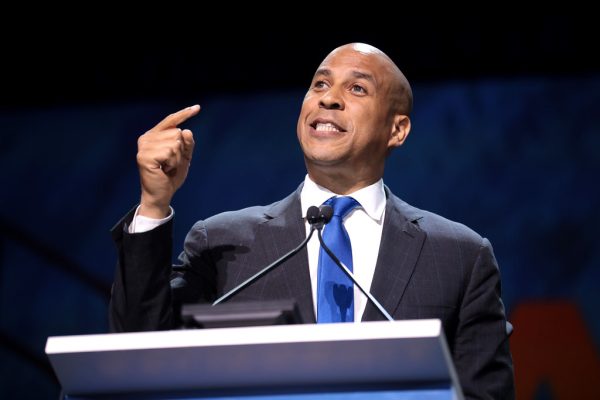

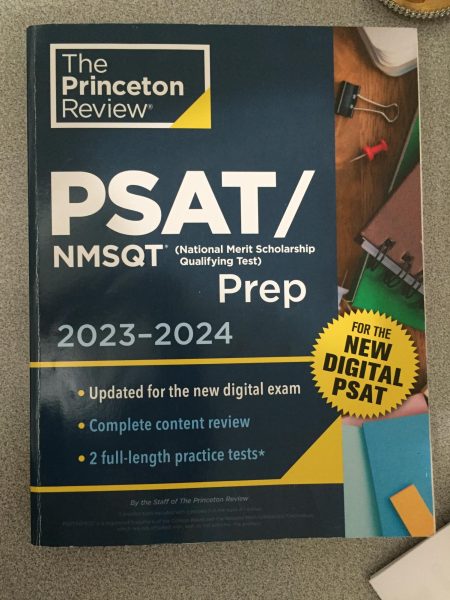
![Mock Trial members from Gold and Green team last year pose for a picture in front of the OCLRE building in Columbus. "We all put in so much work [last] year. I know [this] year we’ll come back improved and ready to win!” said Ogunbodede.](https://shsleaf.org/wp-content/uploads/2025/10/IMG_4121-600x411.jpg)

